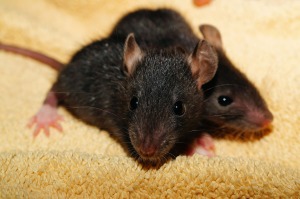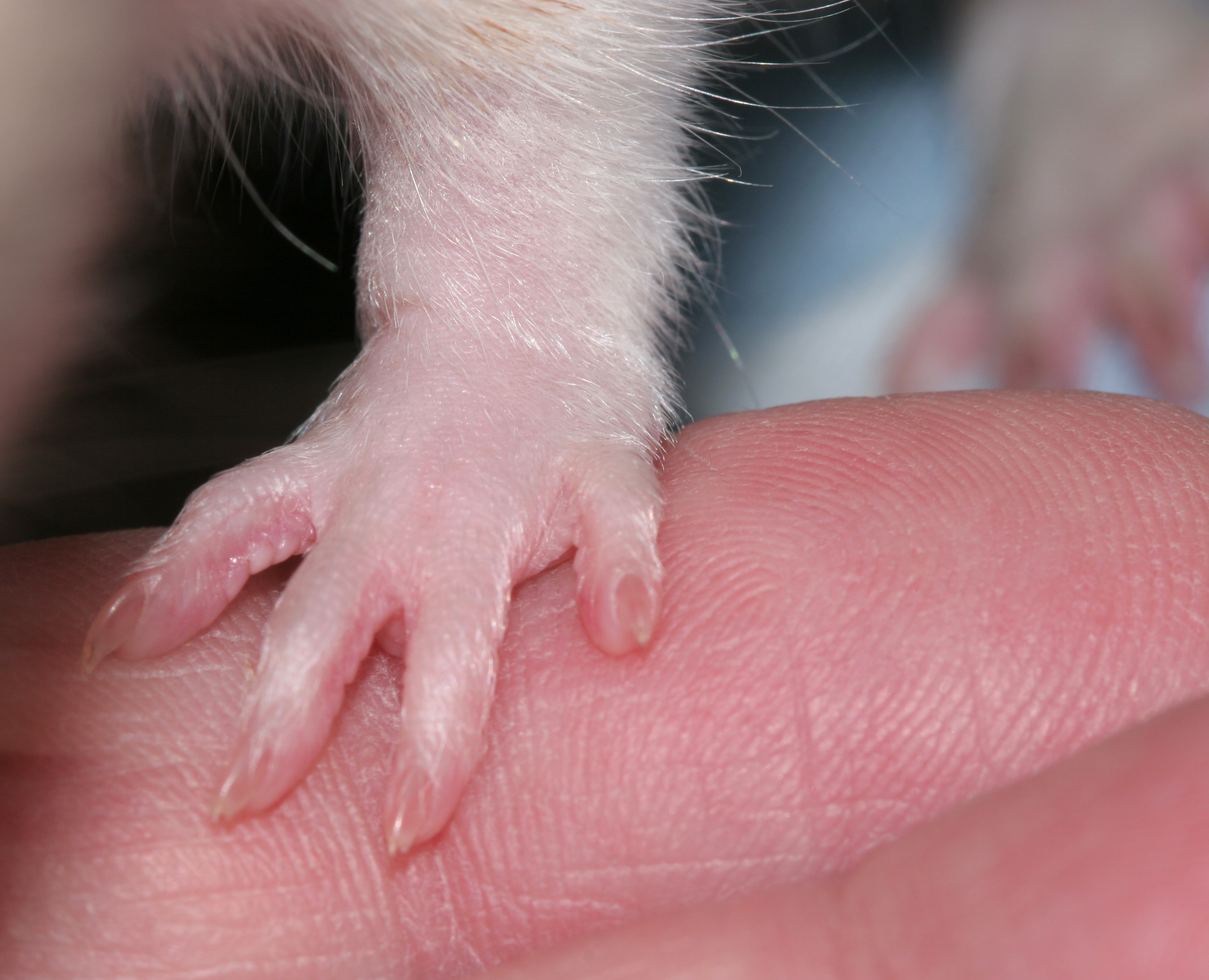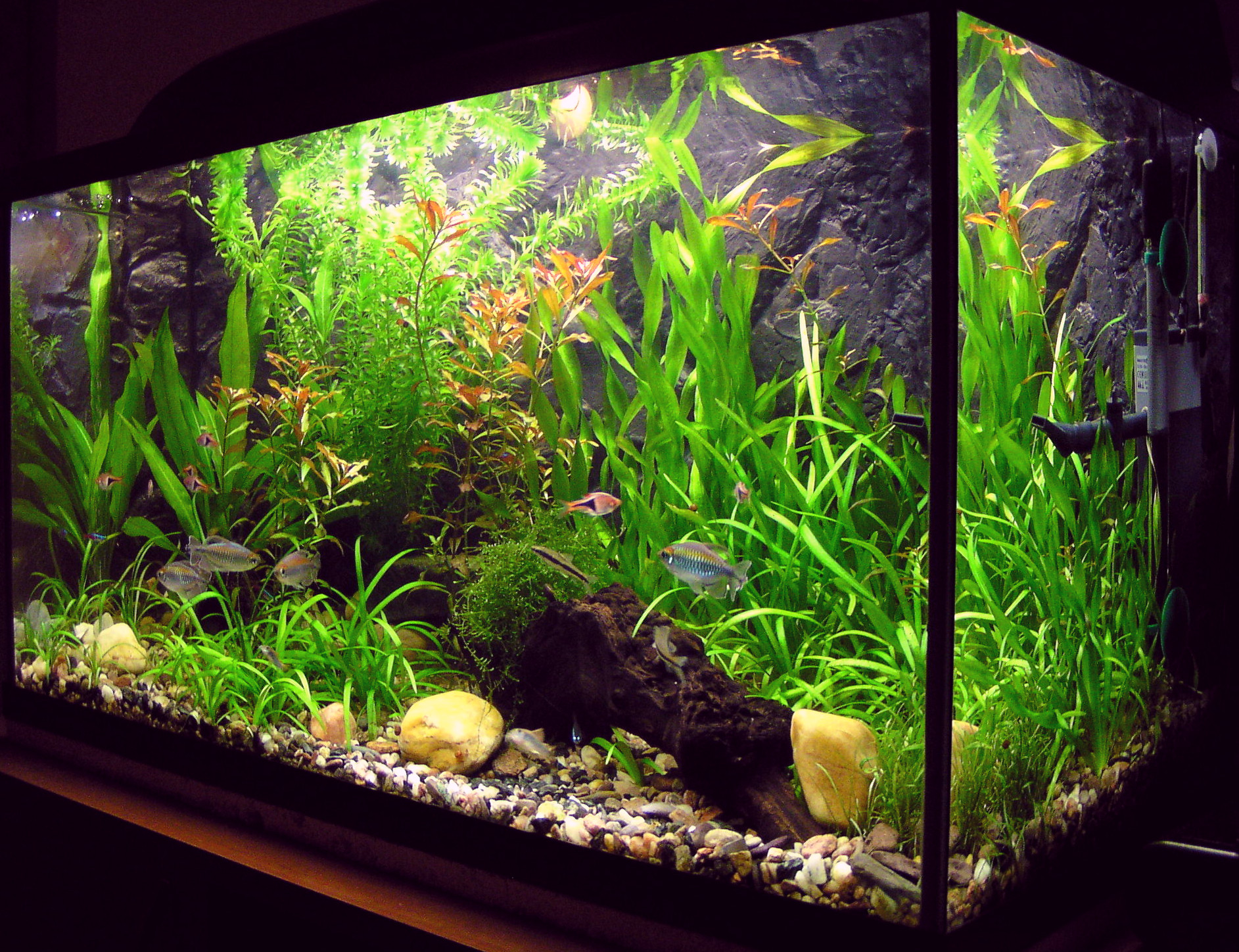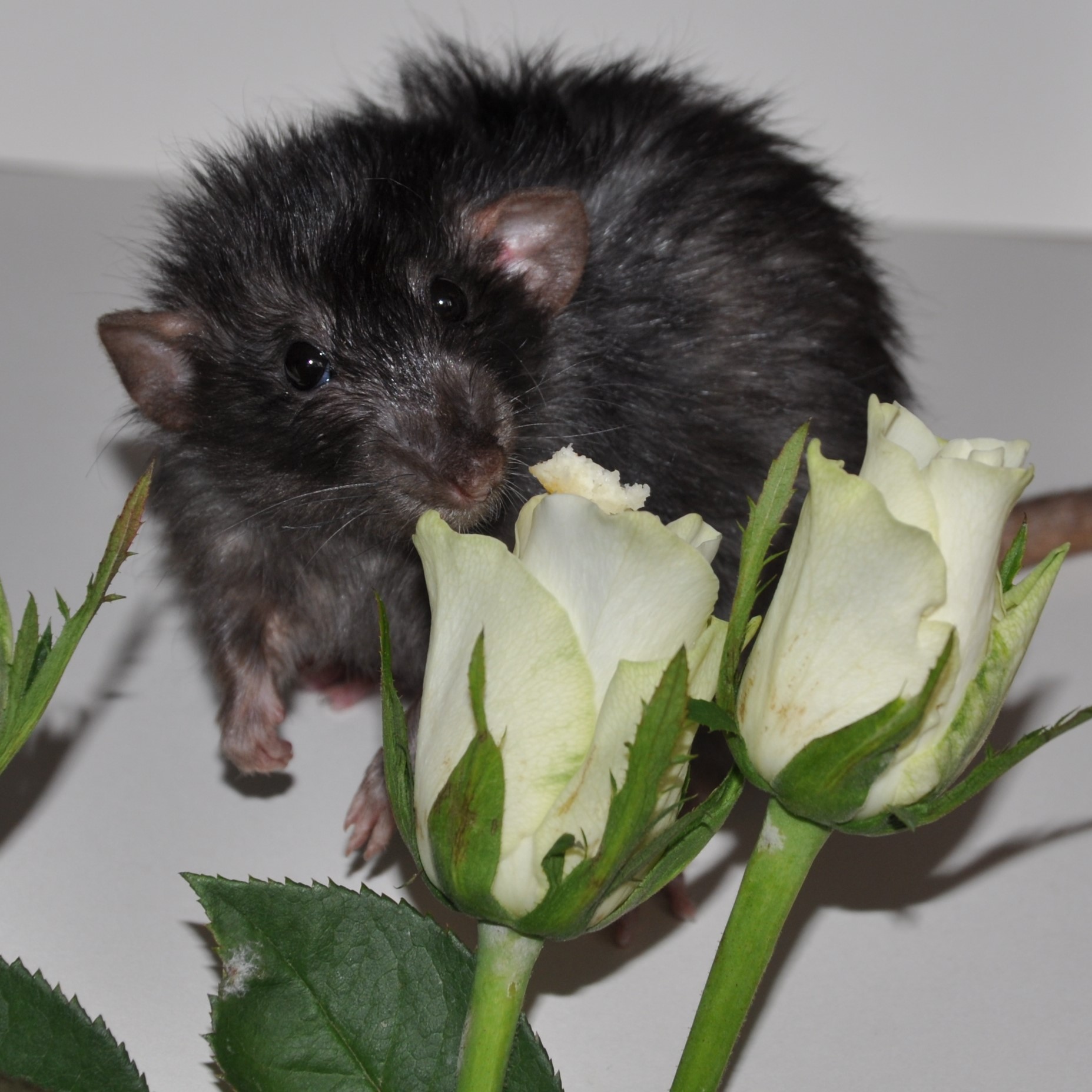Coroplast Corrugated Plastic and Other Scatter Guards: Why They Are Important and What You Should Use

How to Keep Your Rats From Being Messy and Floors Clean!
 We all love our rats dearly, we truly do. From their cute little noses to their long, perfect little tails, they steal our hearts with every ounce of cuteness within their little bodies. However, the mess we don’t love so much! This is why coroplast, other scatter guards, litter catchers, and floor mats are so important to catch bedding, poop, food, and other things that the rats make a mess of outside of the cage. When they kick all of their waste and bedding outside of the cage, it tracks all over the home- and it doesn’t smell very pleasant. For those of you who are suffering, LOOK NO FURTHER! We’ve got the answers! Read more
We all love our rats dearly, we truly do. From their cute little noses to their long, perfect little tails, they steal our hearts with every ounce of cuteness within their little bodies. However, the mess we don’t love so much! This is why coroplast, other scatter guards, litter catchers, and floor mats are so important to catch bedding, poop, food, and other things that the rats make a mess of outside of the cage. When they kick all of their waste and bedding outside of the cage, it tracks all over the home- and it doesn’t smell very pleasant. For those of you who are suffering, LOOK NO FURTHER! We’ve got the answers! Read more


